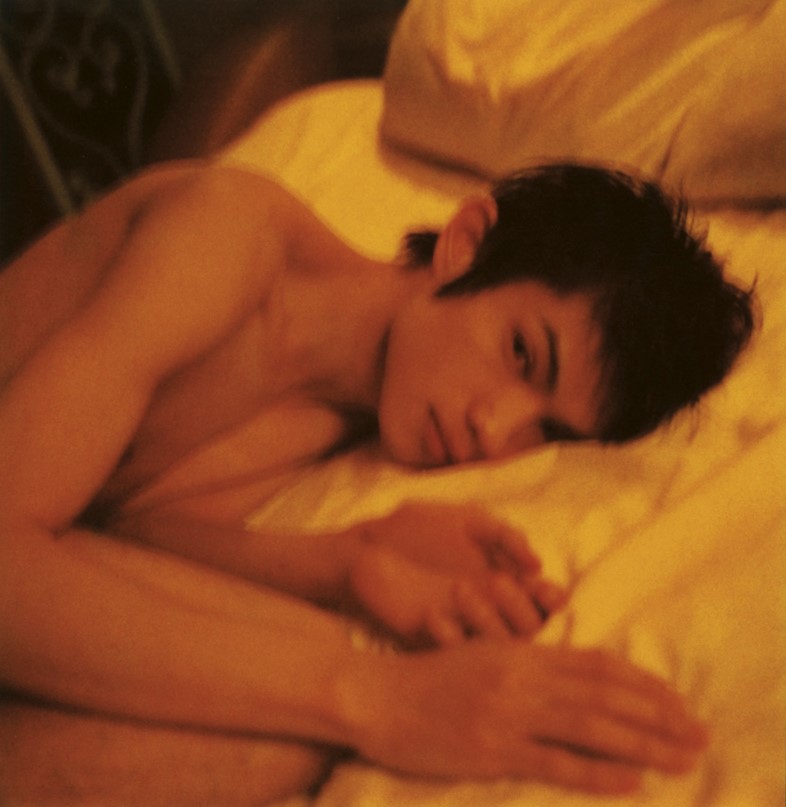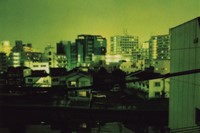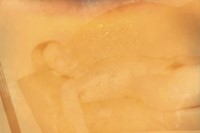The Japanese photographer was Noboyushi Araki’s first and only ever assistant. Her new photo book, entitled Room 416, assembles 56 atmospheric Polaroids
Sakiko Nomura is one of the more sensual photographers in Japan. Over the past three decades, she has put together a cohesive series of dark, beautiful and atmospheric photo books. They are often set in rooms, seemingly hotel rooms: dimly lit, intensely silent and as bare as the bodies they contain. And, more often than not, these bodies belong to men: posing or in repose, the subjects of a long, slow and lingering gaze.
Evoking male beauty without resorting to macho-masculine ideals makes Nomura’s voice a very precious one in the history of post-war Japanese photography, which has so often revolved around a “boys’ club” whose libidinously charged practice has crossed lines in a very specific direction in relation to gender politics. Nomura’s soft – what might be called “feminine” – gaze is all the more radical for the fact that she served as Nobuyoshi Araki’s first (and only ever) assistant in the early 1990s.
“I wrote to Araki, asking him to let me become his apprentice,” explains Nomura. “What impressed me the most was the way he wrapped his film in the palm after shooting, rubbing his hands together, repeating: ‘I hope it will come out well, I hope it will come out well …’ Of course, Araki shoots compulsively, but I would also watch him numbering his films all day long, and that was amazing. I felt that if Araki shot three rolls of film, I had to shoot five.”
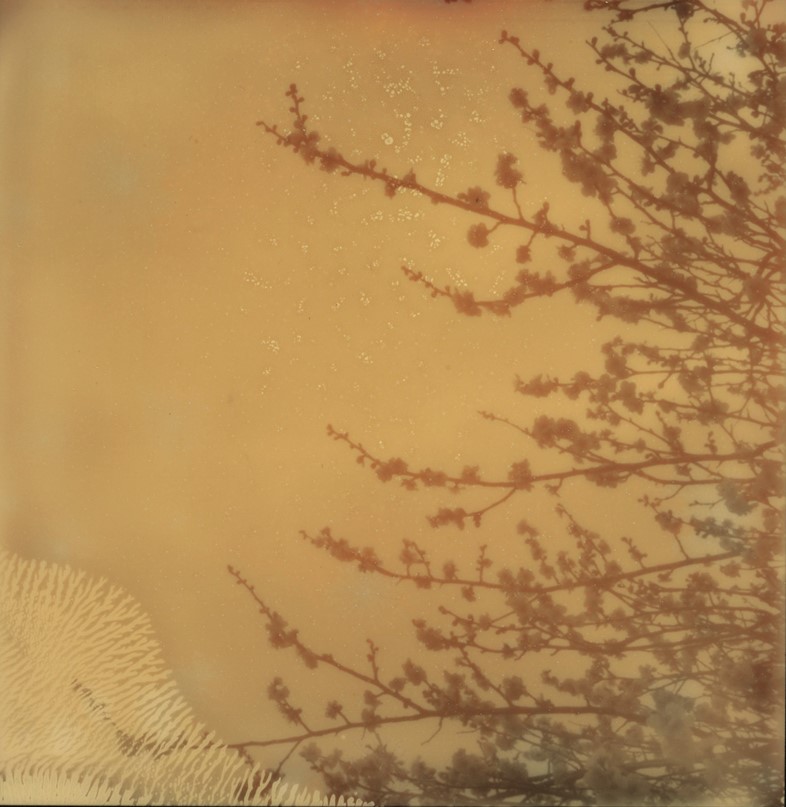
That Nomura was Araki’s “favourite disciple” is less interesting than the fact that she is just one of a number of Japanese female photographers whose work both embraces and eschews their better-known male peers. Although invoking the radical intimacy that has been embedded within Japanese photography since the early 60s and early 70s – when Araki and Masahisa Fukase made arguably the most emotionally intense and heartbreaking photographic works ever – Nomura’s work is neither explicit nor erotic. Instead, it has more to do with allusion and imagination.
Nomura has just published a precious, palm-of-the-hand book with Galerie Écho 119 entitled Room 416. Assembling 56 Polaroids in such a way that allows the reader to reconstruct their own triptychs, it is a book that is to be experienced privately, within a room of one’s own: the swish of a curtain, the rustling of bedsheets, the muffled sounds of rooms we recognise without having visited them. “I don’t remember when or why I take photographs,” says Nomura. “All I know is when I haven’t taken a picture. I rarely go out without my camera, but when I do, it’s like I don’t want anything to happen. For example, I love photographing rain and snow. Whenever I forget my camera, I stop and think: ‘I hope it doesn’t rain or snow today.’”
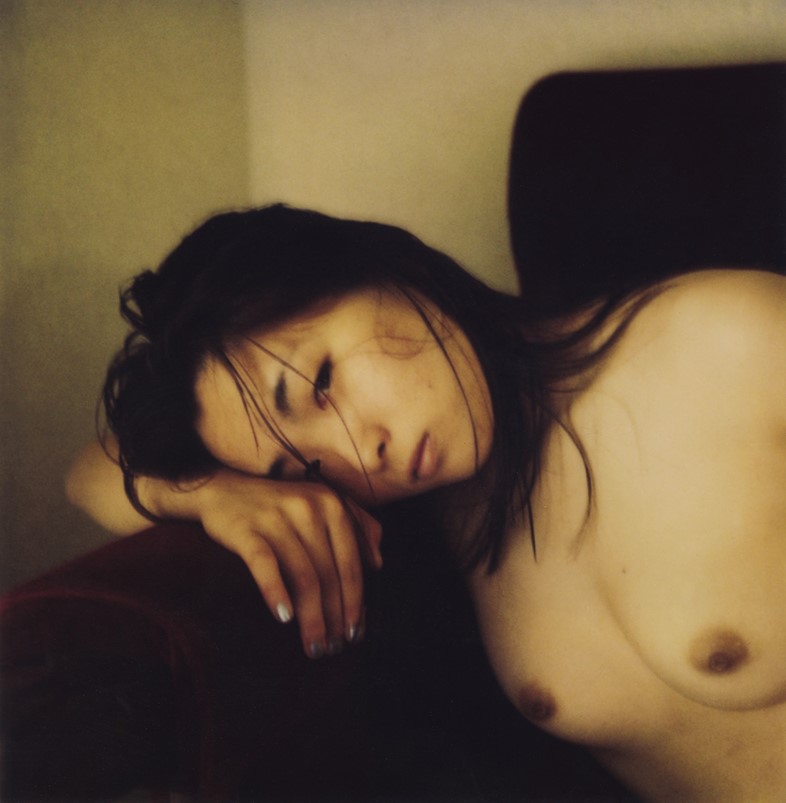
For Nomura, making books has always been integral to the life of photography. “It’s all about who you work with,” she says. “Although I will try to convey my feelings to the designer, I also want them to be as free as possible. It was Kinuko Asano, the designer of this book, who suggested the triptych format. It was a wonderful proposal, reminding me once again of the fun of assembling photographs.”
Light as a silver feather, Room 416 is a book that quietly – almost secretly – unlocks the imaginative potential of the reader. Because it is not rooted in any place or time, it exists anywhere and anytime. “Ambiguity is best,” avows Nomura. “I think the Polaroid, which doesn’t capture exactly what you see but what you feel, connects well with my philosophy.” This is where magic occurs for Nomura: the silent space between the book and your hands, between her world and yours.
Room 416 by Sakiko Nomura is published by Galerie Écho 119, and is out now.
